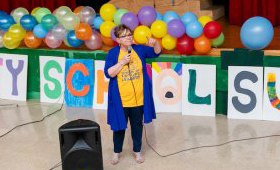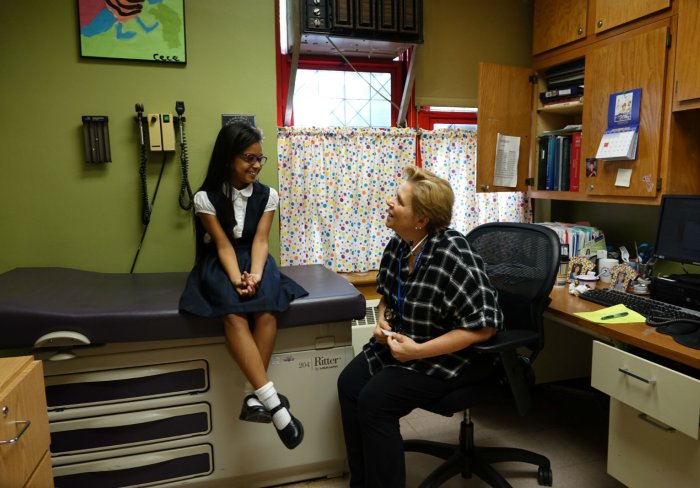Children’s Aid’s foster care program places children with supportive families in their own neighborhoods when their parents cannot offer them the stability, safety, and support they need to thrive.
The foster care program is prepared to deal with the widest range of child welfare situations—from temporary situations that allow birth families to address issues until they can be reunited, to specialized homes with highly trained foster parents for children who need constant care for chronic medical and developmental conditions, or children reacting to trauma. In those cases, dedicated foster parents are in constant partnership with the experts managing the case and treating the child. For all kids, Children’s Aid strives to keep them in familiar surroundings with loving caregivers rather than residential programs.
Keeping children in our embrace
Children’s Aid created what would become the modern child welfare system when, more than 160 years, the founder placed New York’s orphaned or abandoned children with families who would care for them. We have adapted over the years to meet current challenges, and today 500-600 young people of all ages are in stable, supportive homes—in their own neighborhoods—through our foster care programs.
Children continue to have access to all Children’s Aid counseling and medical services as well as the education, enrichment, and recreational programs that we offer to help them fulfill their promise.
Meanwhile, we offer an array of services to their birth parents to address the specific problems that led to the child’s removal. From counseling to parenting guidance, education and job readiness, or interventions to break the cycle of abuse, we help parents build strong, healthy homes so that they can reunite with their children and move forward together.
In some cases, it becomes clear that the family cannot reunite without posing permanent risks to the children. Children’s Aid facilitates legal adoptions for parents-to-be who demonstrate a deep commitment to forming healthy family relationships and who understand children’s sensitivities and challenges. Finding the correct match of parents and children is the most crucial aspect of this work.









